American cuisine has evolved dramatically over recent decades, transforming from a landscape once dominated by chain restaurants to vibrant local food scenes that showcase regional ingredients, immigrant influences, and innovative cooking techniques. These culinary hotspots have become destinations in their own right, drawing visitors who plan entire trips around memorable meals.
Here is a list of 15 U.S. cities where the food scene outshines even the most impressive tourist attractions, offering unforgettable dining experiences that tell the story of place through flavor.
Portland, Oregon

This Pacific Northwest hub has transformed from a lumber town to a culinary powerhouse, boasting more restaurants per capita than many larger cities. The city’s food cart pods—permanent installations housing dozens of micro-restaurants—pioneered a movement that spread nationwide.
Portland chefs embrace hyper-seasonality with ingredients sourced from the Willamette Valley and nearby coast, often changing menus weekly based on farmers’ market finds. The unpretentious approach extends to fine dining establishments where award-winning meals are served in converted warehouses by servers sporting tattoos rather than tuxedos.
New Orleans, Louisiana
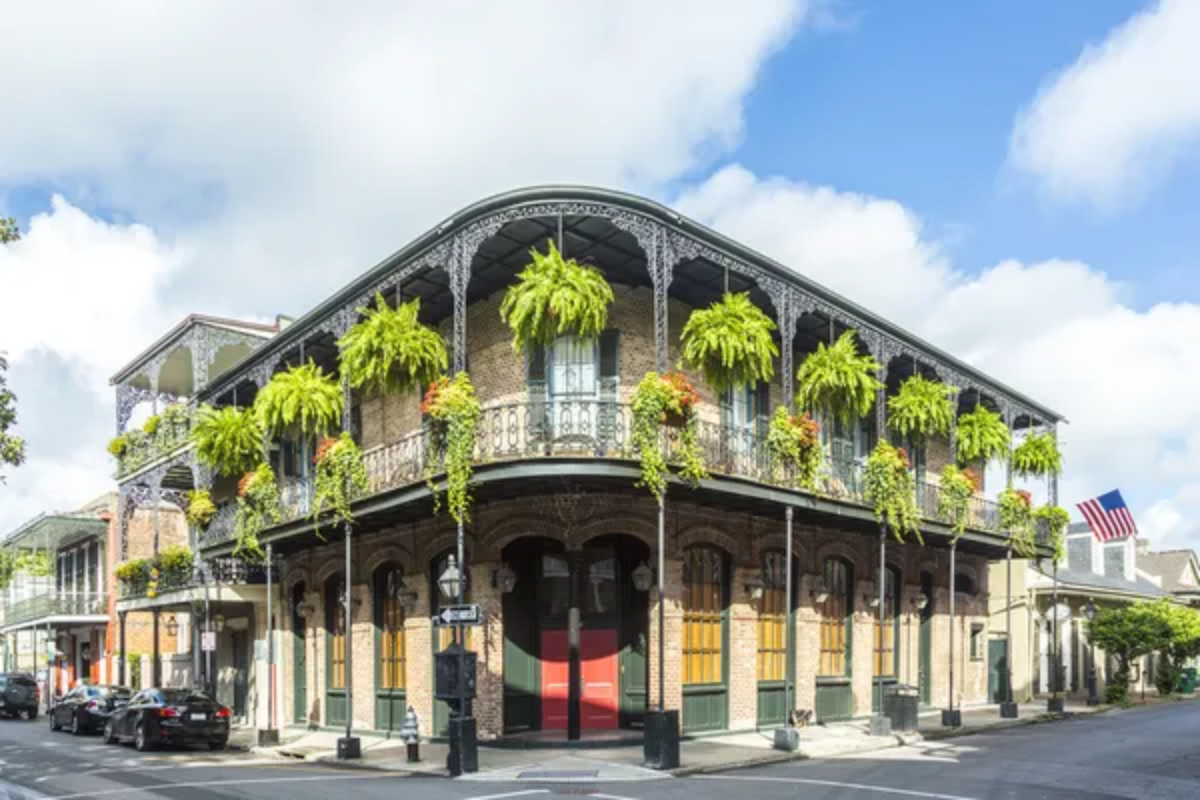
Few American cities remain as deeply connected to their culinary heritage as the Big Easy. Traditional Creole and Cajun cooking techniques passed through generations create dishes that exist nowhere else—from properly prepared gumbo requiring a roux patiently stirred for hours to the distinctive breakfast combination of beignets and chicory coffee.
The city maintains strong connections between food and celebration, with seasonal specialties marking holidays throughout the year. New waves of Vietnamese, Honduran, and other immigrant communities have added their influences, creating new fusion styles while respecting centuries-old traditions.
Like Travel Pug’s content? Follow us on MSN.
Charleston, South Carolina
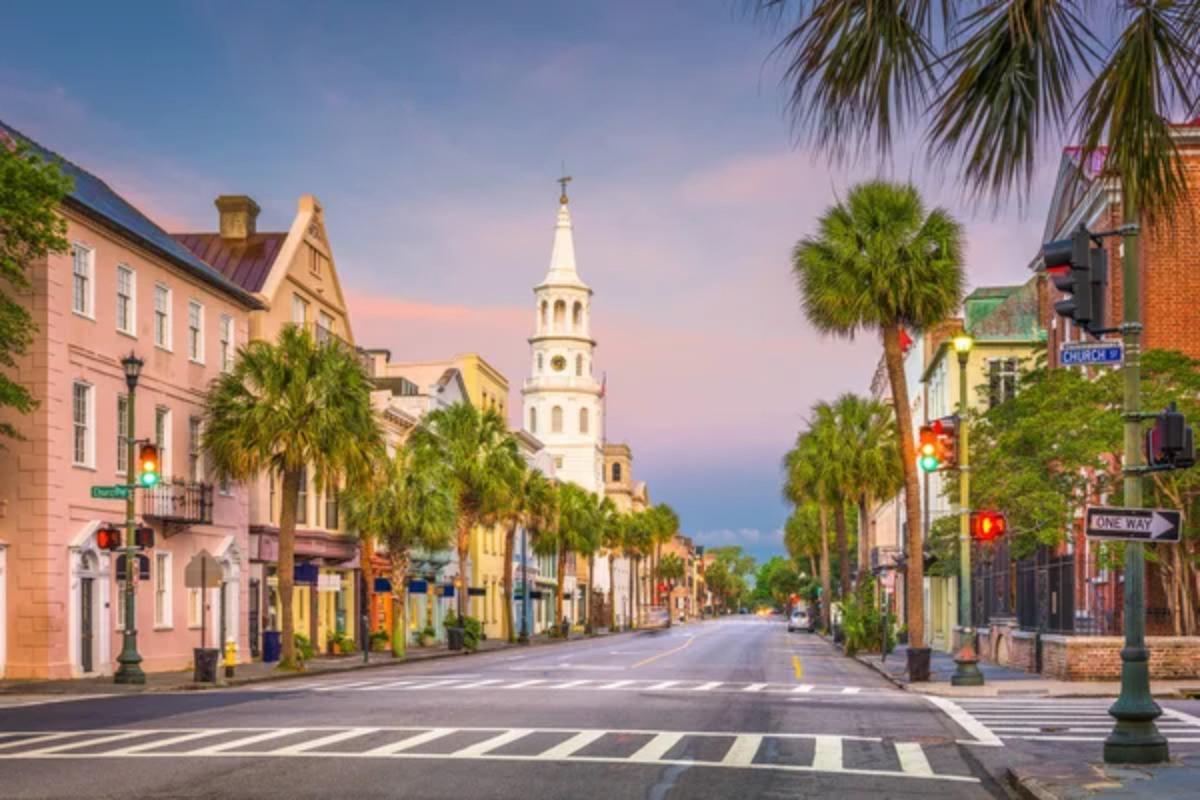
The revival of Lowcountry cuisine put this southern coastal city firmly on the national food map. Charleston chefs have rediscovered heirloom ingredients and traditional preparations like Carolina Gold rice, benne seeds, and she-crab soup, elevating them through modern techniques.
The city’s restaurant scene benefits from direct relationships with nearby farmers, oystermen, and shrimpers who supply just-harvested ingredients. Historic influences from West African, Caribbean, and European cooking have been thoughtfully preserved rather than diluted, creating a distinctive regional cuisine that honors its complex past.
Minneapolis, Minnesota

The Twin Cities food scene has quietly evolved into one of America’s most interesting culinary destinations, surprising visitors who expect little beyond hotdish casseroles. The city’s Scandinavian heritage provides a foundation for innovative Nordic-inspired restaurants focusing on fermentation, preservation, and foraged ingredients.
A thriving Hmong community contributes vibrant markets and restaurants serving Southeast Asian specialties rarely found elsewhere. The local commitment to cooperative businesses has created unique food halls and collaborative dining projects where chefs share resources while maintaining distinctive culinary voices.
Houston, Texas

America’s most diverse major city naturally boasts one of its most dynamic food scenes, spanning everything from pit-smoked barbecue to delicate Vietnamese-Cajun fusion. The city hosts over 10,000 restaurants representing cuisine from more than 70 countries and American regions.
Strip mall treasures serving authentic Nigerian, Pakistani, or Salvadoran food might sit alongside upscale restaurants where James Beard-nominated chefs blend Gulf Coast ingredients with global techniques. The affordability of commercial space has allowed immigrant entrepreneurs and young chefs to take risks that would be impossible in pricier markets, creating an ecosystem where culinary innovation thrives.
Like Travel Pug’s content? Follow us on MSN.
Providence, Rhode Island
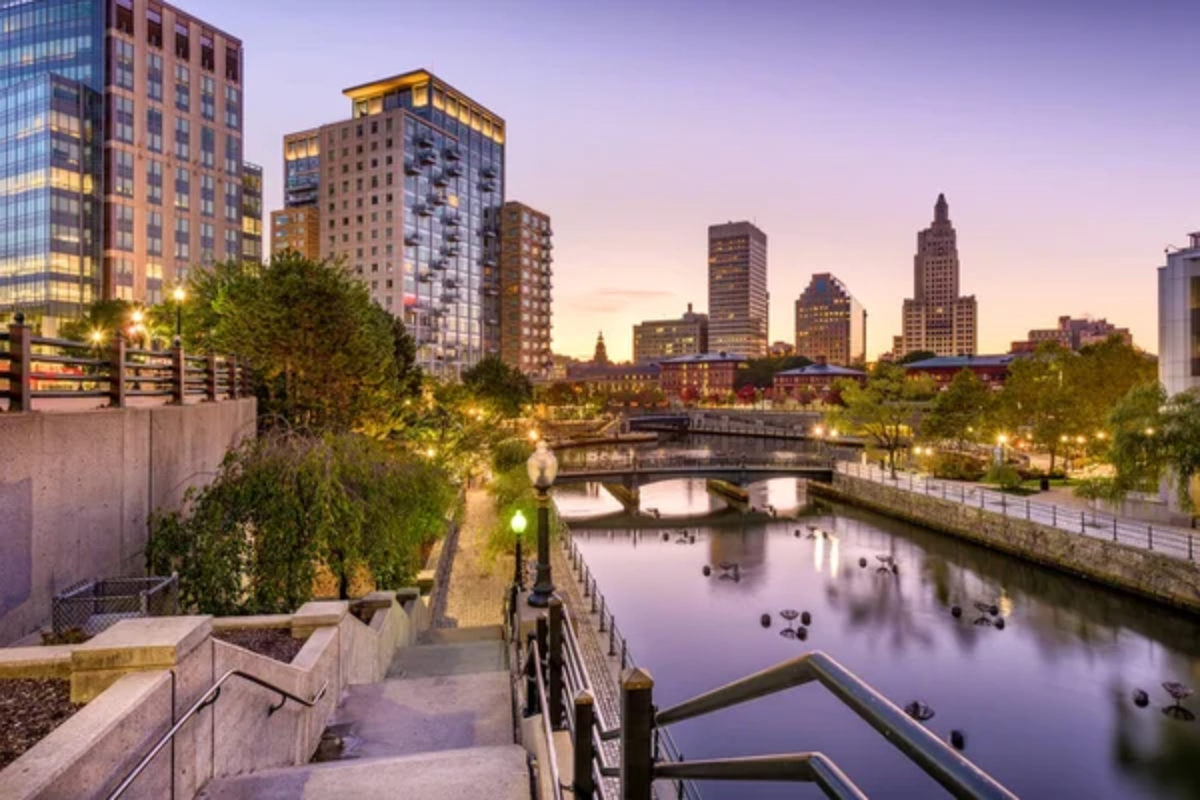
This compact New England city punches far above its weight in culinary excellence, powered by graduates from Johnson & Wales University’s renowned culinary program who chose to stay and open their own establishments. The city embraces its Italian-American heritage while incorporating Portuguese, Cape Verdean, and Cambodian influences from surrounding communities.
Rhode Island’s extensive coastline provides abundant seafood highlighted in distinctive local specialties. The walkable downtown allows food enthusiasts to sample multiple restaurants in a single evening, moving from handmade pasta to experimental small plates within minutes.
Tucson, Arizona
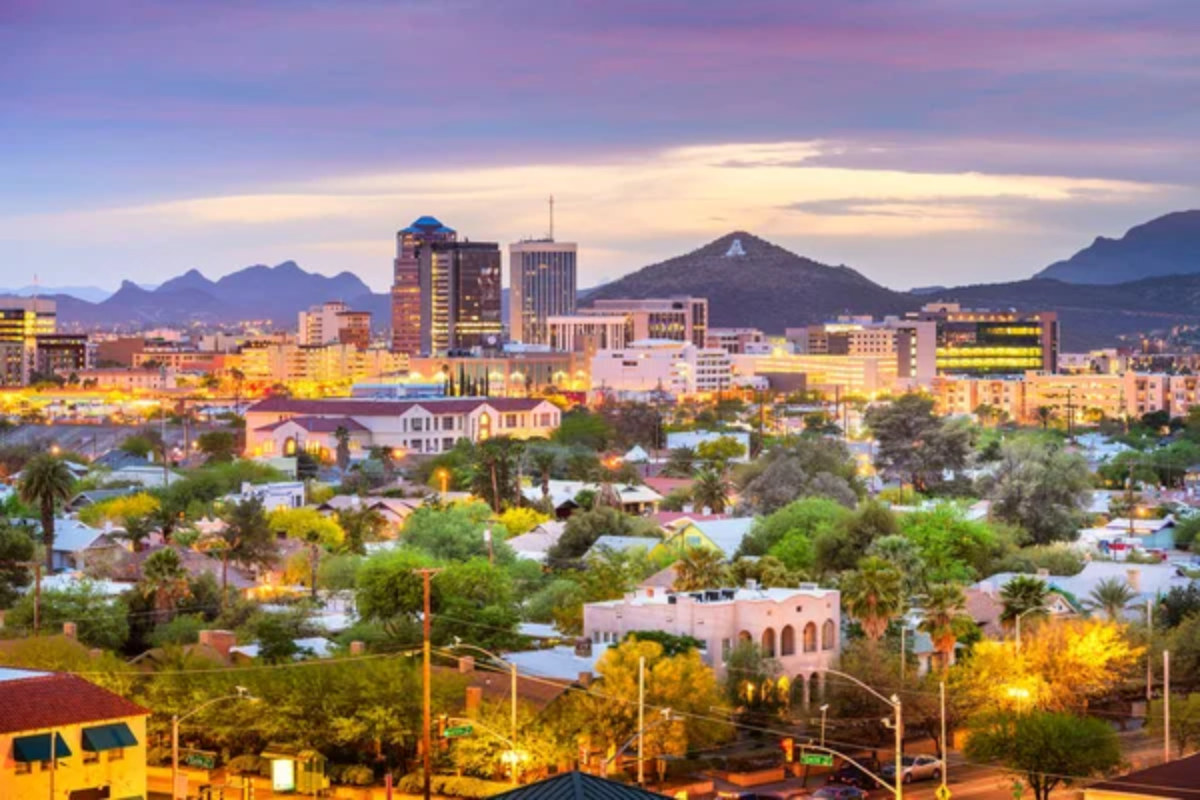
The first American city designated a UNESCO World Heritage Site for gastronomy, Tucson preserves North America’s longest continuous agricultural history dating back 4,000 years. Indigenous ingredients like tepary beans, cholla buds, and heritage wheat varieties appear on menus throughout town.
The proximity to Mexico creates a border cuisine distinct from Tex-Mex, with Sonoran-style dishes showcasing subtle regional differences. Local chefs have embraced desert ingredients, incorporating prickly pear, mesquite, and native herbs into everything from cocktails to desserts.
Richmond, Virginia

This former Confederate capital has transformed into a progressive food city where talented chefs blend Southern traditions with modern sensibilities. The Richmond food scene benefits from Virginia’s agricultural abundance—from Chesapeake Bay seafood to Shenandoah Valley produce. Historical influences from English, African, and Native American cooking create a distinctive regional cuisine now being thoughtfully reexamined and updated.
The city’s brewery district has spawned innovative tasting rooms serving creative food designed to pair with craft beers.
Like Travel Pug’s content? Follow us on MSN.
Asheville, North Carolina

Nestled in the Blue Ridge Mountains, this small city has developed a food scene that rivals metropolitan areas many times its size. Asheville chefs maintain close relationships with Appalachian farmers, foragers, and craft producers who supply everything from ramps and mushrooms to artisanal cheeses.
The strong farm-to-table ethos extends beyond fine dining to casual cafes and food trucks. The region’s moonshine heritage has evolved into a craft beverage scene encompassing small-batch spirits, cider, mead, and beer that complement the innovative food offerings.
Detroit, Michigan

The Motor City’s culinary renaissance parallels its broader revitalization, with food entrepreneurs transforming vacant spaces into vibrant restaurants. Detroit’s distinctive food landscape reflects waves of immigration—from Polish, Greek, and Lebanese communities to more recent arrivals from Yemen and Bangladesh.
The Eastern Market district serves as both a wholesale food hub and an incubator for small producers. Urban farming initiatives supply restaurants with hyper-local ingredients grown within city limits, creating one of America’s most self-sufficient food ecosystems.
Madison, Wisconsin
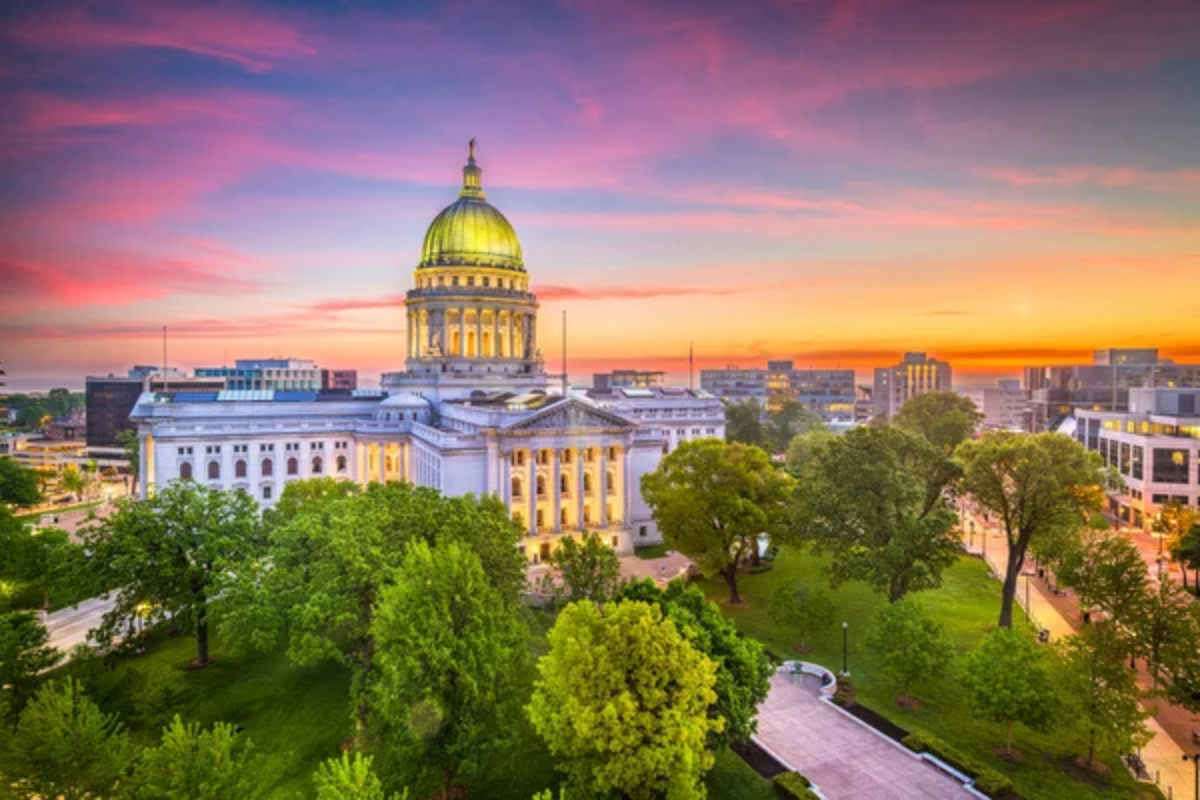
The combination of university influence, agricultural heritage, and progressive politics has created a food scene celebrating both tradition and innovation. Madison’s year-round farmers market—one of America’s largest—connects local producers directly with restaurant chefs and home cooks.
The surrounding dairy farms supply world-class cheese featured prominently on restaurant menus. The city embraces food as political action, with numerous cooperative markets, community-supported agriculture programs, and restaurants explicitly connecting dining choices to broader social values.
Like Travel Pug’s content? Follow us on MSN.
Birmingham, Alabama
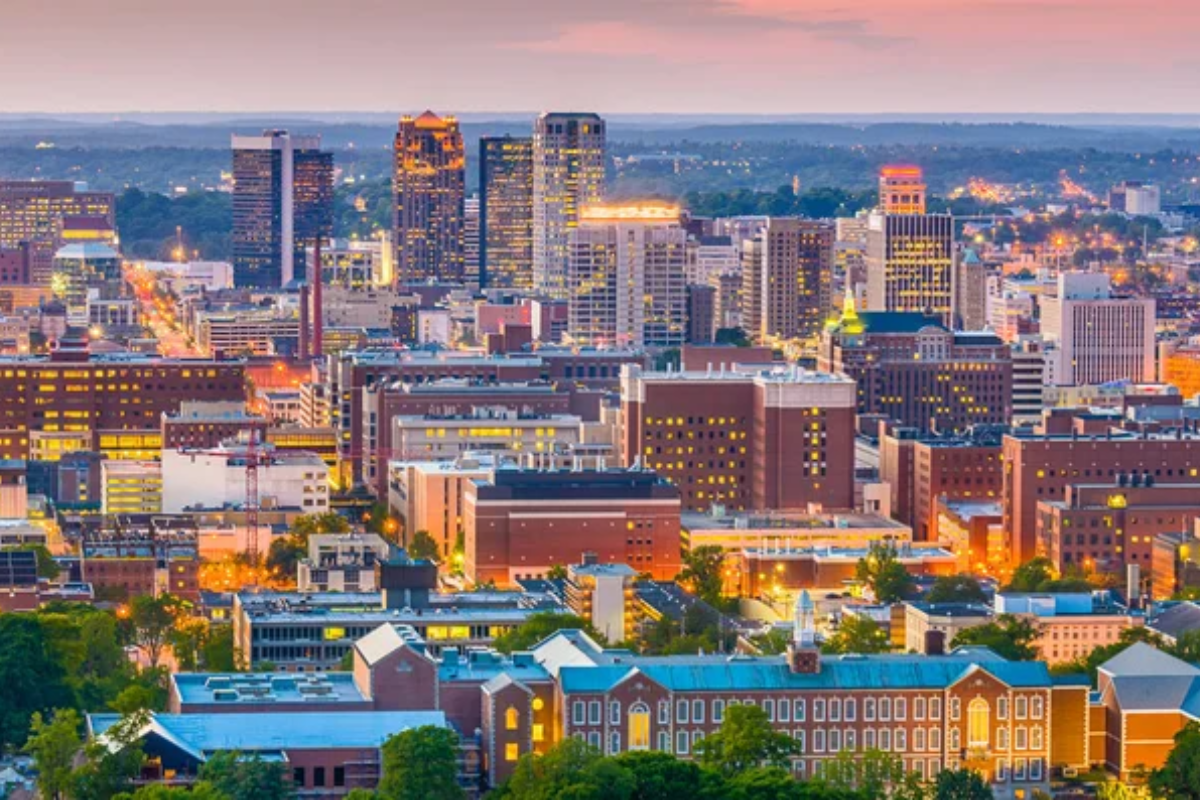
The evolution of Southern cuisine finds some of its most thoughtful expression in this Alabama city, where chefs honor traditional techniques while moving beyond stereotypes. Birmingham restaurants showcase the area’s exceptional produce, particularly the variety of greens and vegetables central to Southern cooking.
The city’s history as an industrial center attracted diverse immigrant groups whose culinary influences created distinctive local dishes. Award-winning establishments range from elevated meat-and-three cafes to sophisticated restaurants redefining what Southern food can be.
Oakland, California

Often overshadowed by San Francisco across the bay, Oakland has developed its own distinctive food personality, reflecting its diverse population and industrial heritage. The city’s lower commercial rents have attracted ambitious chefs creating personal, community-focused restaurants representing cuisines from Ethiopia to El Salvador.
Oakland’s deep connections to social justice movements have fostered restaurants explicitly addressing food equity and sustainability. The wealth of immigrant-owned markets provides home cooks with access to authentic ingredients from around the world.
St. Louis, Missouri

This Midwest city combines Southern, German, and Italian influences to create distinctive local specialties found nowhere else. The controversial St. Louis-style pizza with its cracker-thin crust and Provel cheese inspires fierce local loyalty.
Italian immigrants established a strong culinary presence in The Hill neighborhood, creating unique regional dishes like toasted ravioli. The city embraces its role as a gateway to the West through barbecue that incorporates techniques from multiple regional styles.
Historic breweries and a new generation of craft producers ensure local beverages properly accompany meals.
Like Travel Pug’s content? Follow us on MSN.
Santa Fe, New Mexico
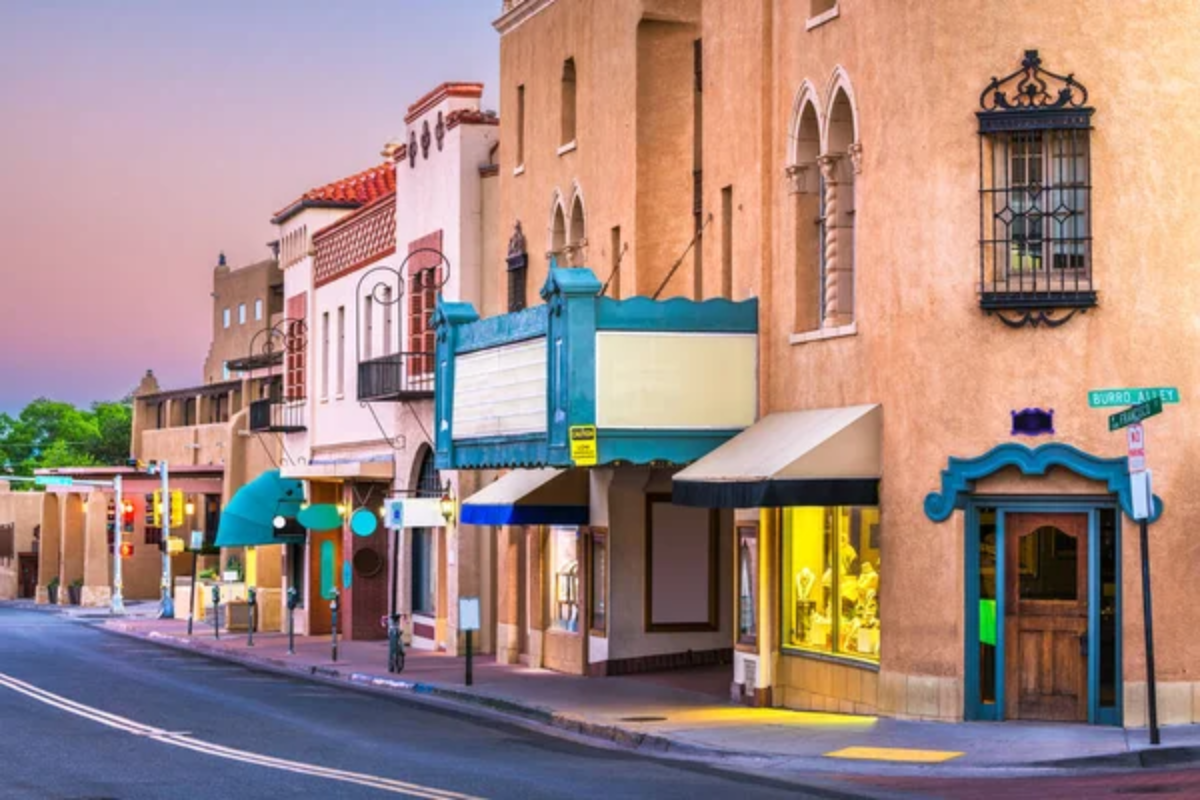
The oldest capital city in North America maintains a living connection to culinary traditions spanning centuries. Santa Fe’s distinctive New Mexican cuisine—technically separate from broader Mexican or Tex-Mex categories—centers on local chile varieties that create dishes with heat profiles found nowhere else.
The city’s tripartite heritage blending Native American, Spanish colonial, and frontier American influences appears across restaurant menus. The nearby agricultural communities of northern New Mexico supply distinctive heirloom ingredients developed through centuries of careful adaptation to high desert conditions.
Culinary Crossroads

These 15 cities represent the exciting diversity of America’s evolving food landscape—places where dedicated chefs, producers, and food entrepreneurs have created distinctive culinary identities worth traveling across the country to experience. Whether exploring century-old traditions or cutting-edge innovations, these destinations prove that breaking bread together remains one of the most meaningful ways to understand a place and its people.
The next time your travel plans take shape, consider letting your appetite guide you to these exceptional food cities where every meal tells a story.
More from Travel Pug

- Cities Growing so Fast You Won’t Recognize Them in 10 Years
- 13 Destinations Where Tourists Regularly Regret Their Trip
- 20 Obscure WWII Sites Even History Buffs Don’t Know About
- 10 Under-the-Radar Mountain Towns That Are Both Affordable and Beautiful
- Remote Villages in Europe Where You Can Live for Free in Exchange for Work
Like Travel Pug’s content? Follow us on MSN.
